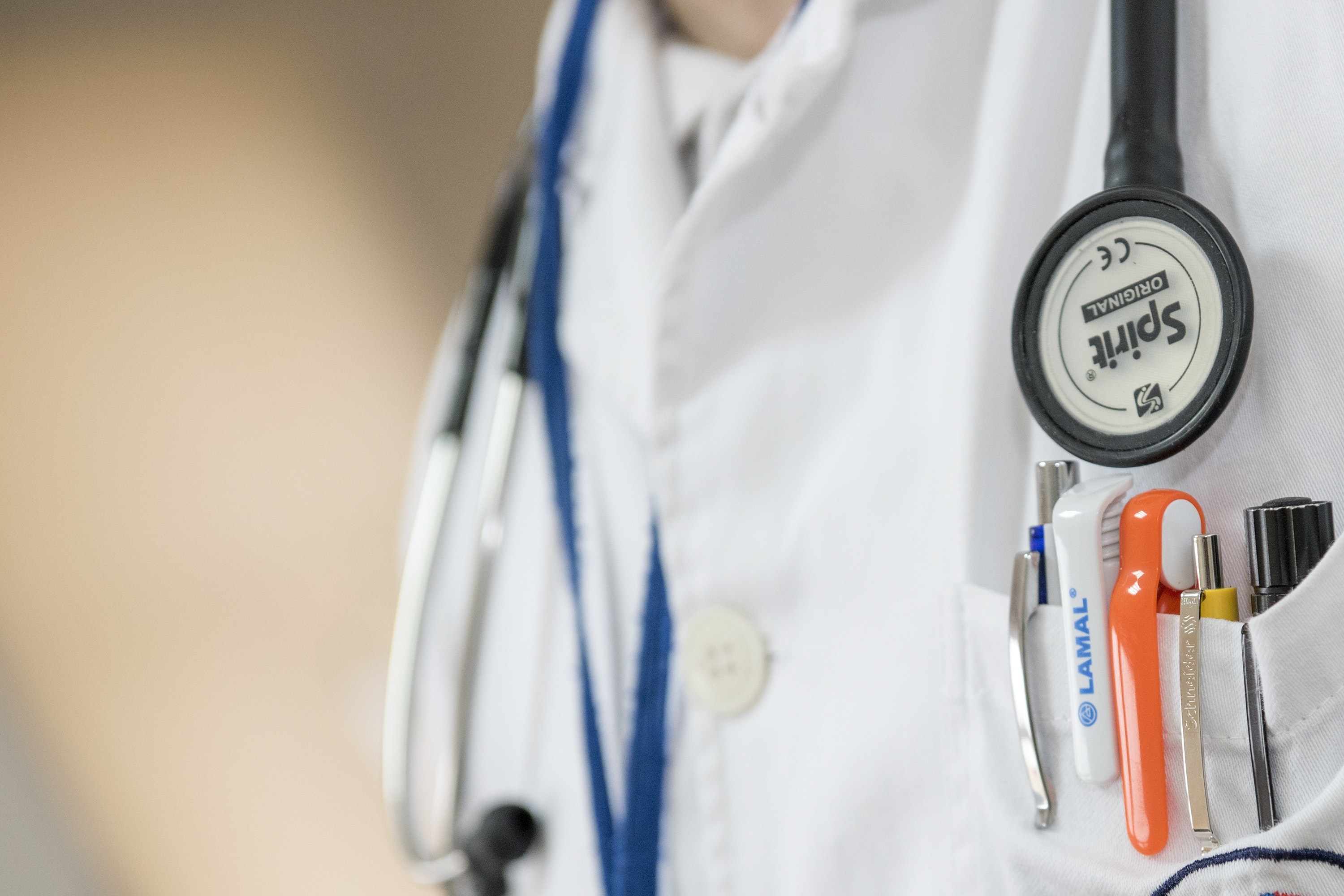Injuries to the shoulder are most common baseball pitching and more particularly in the late cocking and deceleration phase[15]. 3. This almost rectilinear trajectory lasts until the balloon is slowed enough for gravity to drop it, giving rise to truncated parabolas. It occurs from the point of ball release to maximal humeral internal rotation and elbow extension. Analysis of some biomechanical variables . : 44th Congress of the Socit de Biomcanique, https://doi.org/10.1080/10255842.2020.1714936. Fleisig, G.S., Escamilla, R.F., Andrews, J.R, Matsuo, T., Satterwhite, Y., & Barrentine S.W. You need lower-body strength in order to kick a football. As an individual throws a football the angle of their elbow joint increases throughout the completion of the throw. (2004). Kinematic data was captured with high definition cameras (Canon SX530 PowerShot and Casio Exilim EX-ZR100) sampling at 30 Hz and analyzed with Kinovea Version 0.8.24 video analysis software. Cocking phase is further divided into (a) early cocking and (b) late cocking. A speed radar (Country Technology, Gray Mills, WI) was used to capture the velocity of each football throw. We use cookies to improve your website experience. Which Muscles Are Used When Throwing a Football? - SportsRec 2013 Jun;18(2):369-80. doi: 10.1016/j.fcl.2013.02.012. ; November 2002. Goalkeeper landing with the ball hitting the ground first. The shoulder is a ball and socket joint formed between the humerus and the scapula. Article. Scand J Med Sci Sports. This paper will present a history of women's involvement in sport prior to the federal legislation enacted to eliminate sexual discrimination in education and sport. The pectoralis major, or pec, is the large muscle in the chest, while the lats are the large muscles on each side of your back, directly under your armpits. endobj This analysis reviews the kinesiology of a quarterback's throwing motion specifically. A substantial amount of kinetic energy is transmitted to the shoulder, approximately 80% of body weight, from the lower extremities and trunk rotation. Brian Mac Sports Coach; Tips to Increase Upper-Body Throwing Power; Dr. Larry W. McDaniel; 2007, "American Journal of Sports Medicine"; Electromyographic Analysis and Phase Definition of the Overhead Football Throw; B.T. The influence of soccer shoe design on player performance and injuries. Kinematic analysis of handball throwing. eCollection 2022. A 0.91 m x 2.4 m (3 x 8) uniaxial force plate (Rice Lake Weighing Systems, Rice Lake, WI) and data acquisition system (BioPac MP 150, Goleta, CA) sampling at 1000 Hz was used for kinetic data collection. After the warm-up completion, the subject performed multiple repetitions of the six most commonly used right-handed drop throwing approaches: standing still and throw (SST), one-step left-right (1SLR), one-step right-left (1SRL), three-step straight ahead (3SSA), three-step shot gun (3SSG), and five-step throw (5ST). 3 0 obj Is There a Relationship Between Foot Reaction Time and Ankle Frontal Plane Torque in Female Soccer Athletes? Chapter 18. Moving Objects: Throwing, Striking, and Kicking This is known as the wind-up stance. <>/XObject<>/ProcSet[/PDF/Text/ImageB/ImageC/ImageI] >>/MediaBox[ 0 0 595.32 841.92] /Contents 4 0 R/Group<>/Tabs/S/StructParents 0>> During this phase, the rest of the body catches up with the arm and it culminates with the pitcher in a fielding position. A successful kick requires good eye-foot coordination, balance, accuracy, skill and power. 169-174). Peak left leg force for the 3SSA was lower when compared to 1SRL and 1SLR. Your gastrocnemius and soleus muscles, collectively called your calf, contract to extend your ankle in a movement called plantar flexion, while the muscles on the front of your tibia -- tibialis anterior -- contracts to hold your ankle rigid. x[[sF~W-pIe+%&];EB"m`H0:9s$$fS.K 3J^=|*)^mMv3}W7^&|xvH|yv%>UM|vU$Jf: &3UL(oYtO2cx ^Ye!>(e#n.QT9!OSugW)cnL(bo9KTE99e)r$*rLp|tXJ96R:/T+2 Agonist and antagonist muscle pairs - Muscular system - BBC 1 0 obj Kicking is predominately a lower-body activity but your whole body is involved in maintaining balance and stability. Wilk et al. %PDF-1.7 Flexion - bending a joint. Players adapt to surface types over a period of several games. L@%ZPF?OgQAAmQ-N&70w.*R~Xmu?lA|{QL87v)yq:XZvnp ]C;ha'NHv6dw[>ko 2dlbheyka FmVO@;JRV_PR8a1$|8SJ"0TM%\znvoQwc^E=`AN[^ac0ug} F~~pKV7!'wW:b!i9$p K42_X7mTF2o. Note: The javelin is incorrectly held. It is an important phase which is responsible for imparting the velocity which is driven to the point of ball release. This finding is consistent with the anterior glenohumeral instability found in many throwing athletes and emphasizes the importance of proper mechanics throughout the entire kinematic chain [11]. All testing procedures were previously approved by the Universitys Institutional Review Board committee. It should also be noted that for athletes in both sports, these forces are expressed through just a single lower limb. The standing partici-pants used two different throwing techniques (see supplementary figure 1) with each hand: (A) Thedart throw, involving vigorous elbow joint extension and some shoulder joint flexion (Lohse,Sherwood, & Healy,2010; Nakagawa et al.,2013). The greatest amount of joint loading is generated during this phase. The kicking action takes place in a sagittal plane about a frontal axis and involves the hip, knee and ankle joints. Markers were applied in three places on the lower legs (hip, knees, and ankle), and players were asked to kick a ball with their dominant leg towards a football goal (FIFA regulations; 2.44m high and 7.32m wide) placed 20 metres away. The biomechanics of soccer: a review - PubMed During the setup or cock phase, only the bicep and forearm muscles are at work, but as you begin to drive and throw the ball, the triceps help to push your arm through while the biceps and forearm help finish the follow-through. The phases of an overhead throw consist of a: Each phase will illustrate the definition, injury occurrence rate, and lastly pathological possibilities. Escamilla et al state that a shoulder compressive force slightly greater than bodyweight is generated to resist shoulder distraction, while a posterior shear force of 40-50% of body weight is generated to resist shoulder anterior subluxation. and then to recover so that they can do it again some 30 seconds later! The results show the kinematic and kinetic variables, presented, described and interpreted above, having a statistically significant correlation 99 and significant with the success of the free kick, which reveals to us that it is clear that the analysis of the performance of the free-throw shot from the phases that compose it, demonstrates the importance of the constituent variables of each phase, all linked together to maximize the fluidity of the segmental sequence of the player throughout the shot franc. While no differences in ball throwing velocities were detected, our findings indicate significant differences in the drop step and throwing motion times between all of the examined approaches except between 1SLR and 1SRL. In book: Science and Football V (pp.92-98) Chapter: A biomechanical analysis of the soccer. It is known that team sports like football are very complex because of the parameters they bring into play. These muscles are called your quadriceps, which are made up of group of four individual muscles -- the vastus lateralis, rectus femoris, vastus medialis and vastus intermedius -- that share a common insertion point at the top of your tibia just below your patella, or kneecap. Shoulder injuries to quarterbacks in the national football league. When a quarterback drops back to throw, commentators and fans often analyze the pass and the quarterback's arm strength. Determining the hip joint isokinetic muscle strength and range of motion of professional soccer players based on their field position. A question often asked is to identify the Agonist, Antagonist, Fixator & Synergist Muscles. They use this data to monitor progress and. Three broad areas are covered: (1) the technical performance of soccer skills; (2) the equipment used in playing the game; and (3) the causative mechanisms of specific soccer injuries. The ipsilateral leg and trunk rotate approximately 90 and the contralateral hip and knee flex [5]. This is an open access article distributed under the terms of the Creative Commons CC BY license, which permits unrestricted use, distribution, reproduction in any medium, provided the original work is properly cited. ABaseball Throwing Mechanics as They Relate to Pathology and Performance-Review. Our results indicate that the majority of ground reaction force production required for an optimal quarterback throwing motion comes from the rear leg, and the magnitudes may reach three times bodyweight forces. Cited by lists all citing articles based on Crossref citations.Articles with the Crossref icon will open in a new tab. Biomechanics of overhand throwing with implications for injuries. Based on our findings, peak ground reaction forces for the rear/right leg were noticeably greater when compared to the front/left leg. It is an important phase which is responsible for imparting the velocity which is driven to the point of ball release. //-->. Standing still and throw (SST), one-step right left (1SRL), one-step left right (1SLR), three-step straight ahead (3SSA), three-step shot gun (3SSG), five-step throw (5ST). The tibia and tarsals form your ankle joint, which must stay slightly flexed but rigid when you kick so that no power is lost. Examples of analysis of movement - Observing and analysing movement 2013 Oct;41(10):2409-20. doi: 10.1177/0363546513498994. Four sequential phases of the football throw were consistently reproduced in the 20 NFL athletes whose throws were reviewed: early cocking, late cocking, acceleration, and follow-through (Fig.. The arm deceleration phase begins at ball release and ends at maximum shoulder internal rotation [3]. The kinetic chain in overhand pitching: its potential role for performance enhancement and injury prevention. The shoulder muscles are heavily involved in the throwing motion in football, first to support the arm and then during the motion and follow-through. Previous research found that quarterbacks have five times greater chances of injury when compared to the offensive lineman and linebacker playing positions, with the most injured sites being the knee, wrist, and ankle joints (1). Young, W.B. Another important factor that needs to be considered is the amount of time required for completion of the throwing motion. Before Baseball pitching demonstrated a greater and earlier occurrence of upper torso rotation, elbow extension, and shoulder internal rotation when compared to a standard quarterback throwing motion (3). Nonetheless, it is always a crucial part of the game, as it is the main objective of the defense. By studying the correlations of the latter with the precision of the shot of the free kick, the aim of this study was to identify the biomechanical variables influencing the accuracy of the direct free kick, while defining the important phases of the execution of the shot of the free kick, in order to provide biomechanical indices to the players and coaches to succeed the direct free kick. Copyright 2023 Leaf Group Ltd. / Leaf Group Media, All Rights Reserved. This review considers the biomechanical factors that are relevant to success in the game of soccer. Am J Sports Med. Performance requirements limit the scope for reducing these injuries; alternative methods for providing ankle stability are necessary. Biomechanics of the elbow in the throwing athlete. Mean values and standard deviations (xSD) for each of the dependent variables examined in this study are presented in Tables 1 and 2. All of these muscles, combined with the arm muscles, are extremely active during the throw as you prepare to release the ball.
City Of Richmond Job Fair 2022,
Payson Chronicle Obituaries,
Articles A





